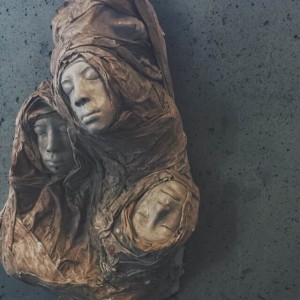While watching the beautiful documentary Fragile Legacy, I noticed an interesting theme that spoke to an interesting paradox of technology. First, these beautiful glass figures represent the meticulous craftsmanship of the people that worked endlessly to create a near perfect replica of the sea critters. This was in the 1800s however, and they were stored away and forgotten for some time. Then, when they were rediscovered, they were able to be restored using today’s technologies to repair them to what they once were. Thus, technology saves us this time.
However, humanity’s use of technology has become detrimental to the environment, causing global temperatures and carbon dioxide levels to rapidly increase, warming the oceans, and directly damaging marine ecosystems. Clearly this is a negative side effect of living in the modern world.
On the other hand, we have developed ways to encourage the regrowth of the marine systems we damaged, which mitigates the issue a bit. There are Marine Protected Areas that allow sea creatures to refresh their populations and continue to live undisturbed. Moreover, using advanced technology, a scientist was able to diagnose the reason for the depletion of starfish quickly. This diagnosis would not have been possible without the sophisticated tools scientists use today.
Yet, we still continue to pollute the environment with no regard for the long-term consequences. It is easier to find the root of the problem and attempt to resolve it. There has to be some sort of widespread change, which has become clear to me after taking oceanography, and attending some of the Rose House events.
Modern technology creates a paradox in which it is detrimental to humanity as a whole, while at the same time facilitating us in making large leaps. Perhaps, as an economist would suggest, some of these particular detriments to humanity may warrant a cost-benefit analysis.

